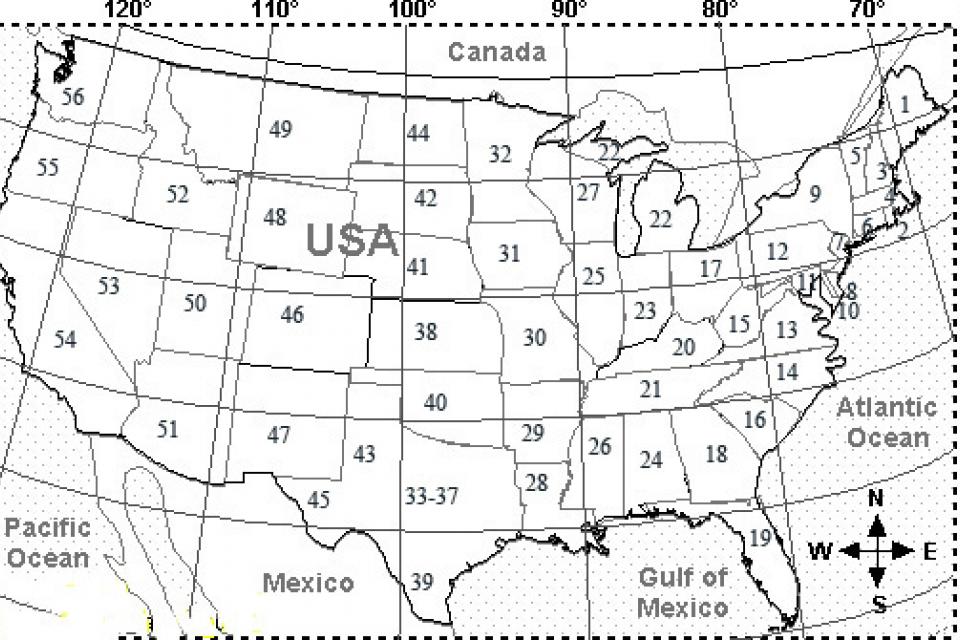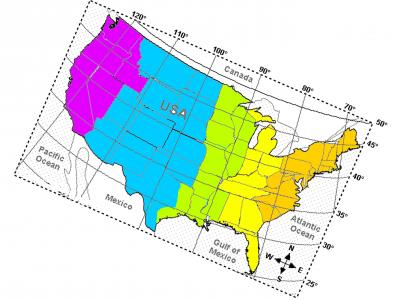Datasets
Standard Dataset
A proposal to adjust the time-keeping systems to reduce emissions – A case study on USA
- Citation Author(s):
- Submitted by:
- Amlan Chakrabarti
- Last updated:
- Sun, 06/14/2020 - 08:44
- DOI:
- 10.21227/7che-9135
- Data Format:
- License:
 205 Views
205 Views- Categories:
- Keywords:
Abstract
The integrated power grid in USA is the largest in the world with the highest hourly power demand. In 2019, the highest hourly demand was more than 704 GW and the lowest hourly demand was less than 340 GW. The average daily variation in hourly demand is about 40% with respect to the highest hourly demand. A mathematical model is used to reduce the differential between peak and off-peak electrical power demand in this territory. The reduction is achieved with 5 time zones set up across US 48 states such that time difference between Far East and Far west is 4 hours. For the territory of US 48 states, it is demonstrated that the differential between peak and off-peak electrical power demand is reduced by 3% to 12%. This paper attempts to quantify the reduction in cycling of Natural Gas thermal power plant operation and emissions with restructuring of time zones in US 48 states.
The hourly demand of individual utilities in US 48 states from 4:00 Hrs (GMT) to 3:00 Hrs (GMT) on July 29, 2019 is presented in Table III. The demands of the utilities are appropriately shifted to a different hour as per GMT based on their location in current and proposed time zones. Part of the simulated results (from utility 1 to 102) and the Total row are presented in Table V
The above are available in .docx files in tabular form.
The .xlsx files contain the worksheets for computations of simulated results for 29/11/2018, 29/12/2018. 29/1/2019. 28/2/2019, 29/3/2019, 29/4/2019, 28/5/2019, 28/6/2019, 29/7/2019, 29/8/2019, 29/9/2019, 29/10/2019.
The worksheets for computations of simulated resultsfor all days in July,2019 are available as separate .xlsx files.








Comments
The dataset contains datasheets worked out as part of a journal article submitted to IEEE Transactions on Power Systems.